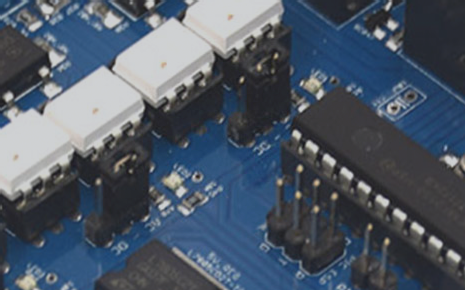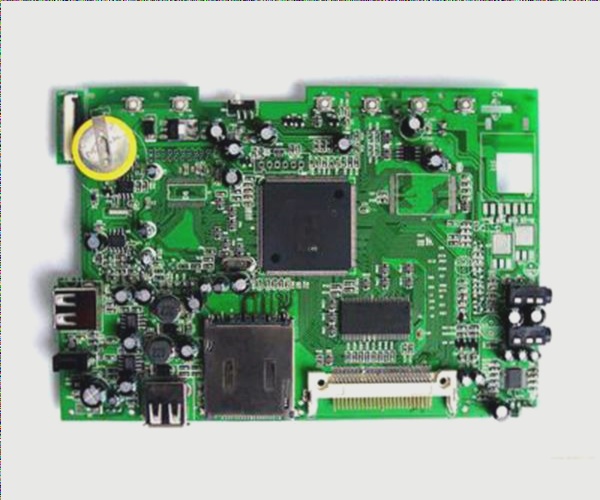Automatic Optical Inspection in Multi-Layer PCB Manufacturing Process – 10 – PCB Manufacturing Overview – Wellcircuits
AOI – Automatic Optical InspectionDuring the etching process the etching method the etching rate the types and pH value of the etchants or other factors directly affect the quality of the circuits







for-SMT.jpg)